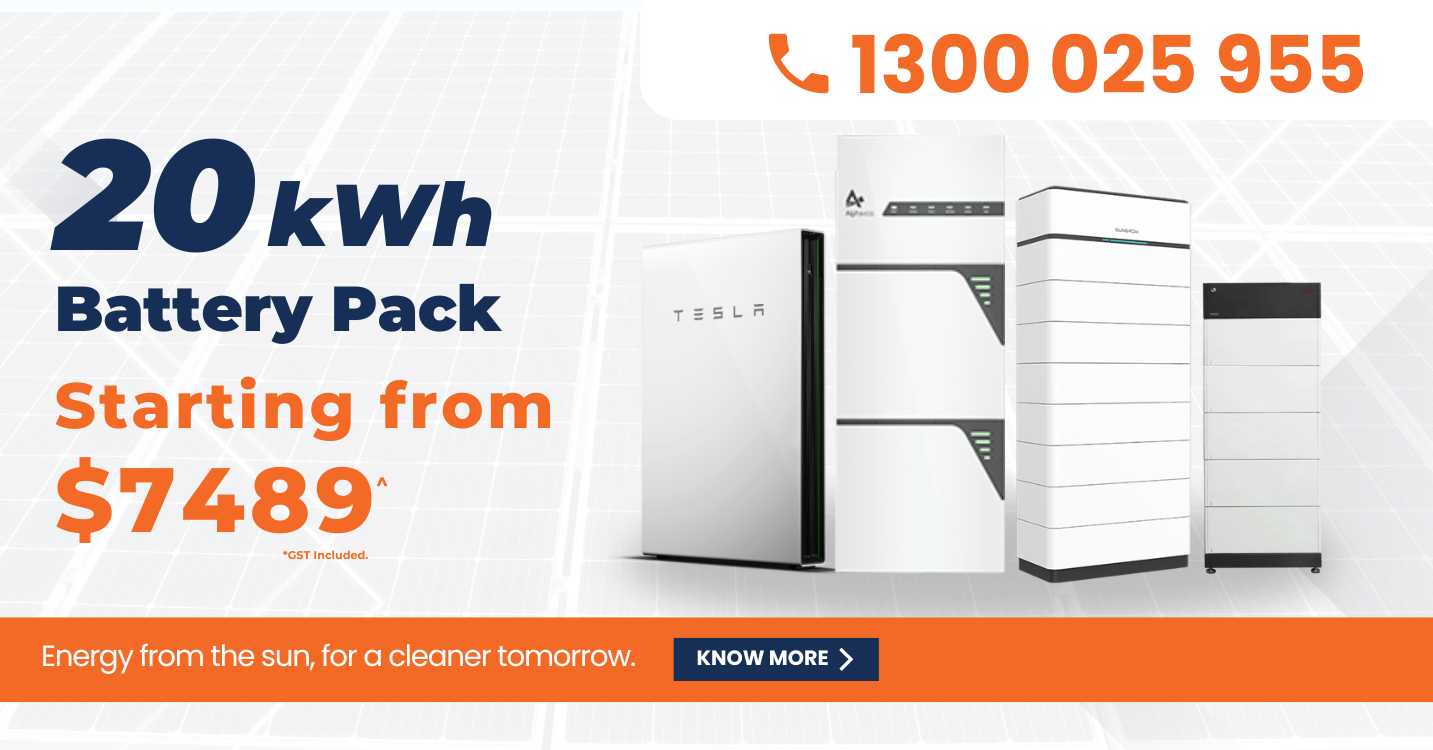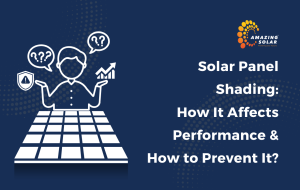The future of energy is evolving rapidly, and as Australia continues its shift towards renewable energy, home battery storage is becoming a crucial part of modern solar systems. For those considering investing in a home battery in 2025, understanding the technical aspects can help you make an informed decision that suits your energy needs. Here’s an in-depth guide.
1. How home batteries work: the technical breakdown
Home batteries store excess energy generated by your solar panels, which would otherwise be fed back to the grid. The stored energy can be used during non-peak sunlight hours (evenings and cloudy days), ensuring a continuous power supply. Here’s how it works:
- Direct Current (DC) Storage: Solar panels generate DC electricity, which is then converted to AC (alternating current) for home use. Home batteries can store energy directly as DC, reducing conversion losses when powering DC-based appliances.
- Inverter Integration: Batteries are paired with inverters that convert the DC stored energy back to AC, allowing you to use the stored power for household appliances seamlessly. Smart inverters also enable intelligent energy management, letting you prioritise when and how to use the stored power.
2. Understanding battery capacity, power output, and depth of discharge (DoD)
To choose the right battery, you must understand key technical specifications:
- Capacity (kWh): This refers to the total amount of energy the battery can store. For instance, a 10 kWh battery can power 10 kW worth of devices for one hour. Determine your average evening usage to pick a suitable capacity.
- Power Output (kW): Indicates how quickly a battery can deliver energy. A high-power output battery is capable of running more devices simultaneously, while a lower one might limit usage to fewer appliances.
- Depth of Discharge (DoD): The DoD tells you how much of the battery’s total capacity can be used without affecting its lifespan. A higher DoD percentage means you can use more of the battery before needing to recharge. Most modern batteries offer a DoD of around 80-90%.
3. Battery chemistries explained: lithium-Ion, LFP, and more
Different types of batteries have varying chemistries, which affect their performance, lifespan, and safety:
- Lithium-Ion (Li-Ion): The most common home battery type, lithium-ion batteries are known for their high energy density, efficiency, and long lifespan. They are lightweight and can handle numerous charge cycles, making them an ideal choice for homes with significant energy storage needs.
- Lithium Iron Phosphate (LFP): A subtype of lithium-ion, LFP batteries have a lower energy density but offer better safety and longer lifespans. They are less prone to thermal runaway (a risk in Li-ion batteries) and are thus popular for home energy storage.
- Lead-Acid: Traditional and affordable, lead-acid batteries have been used for decades. However, they are bulkier, less efficient, and have a shorter lifespan compared to lithium options. They are ideal for those who need cost-effective, short-term backup power.
- Solid-State: Although still emerging, solid-state batteries promise even higher energy densities, faster charging, and enhanced safety. This technology may revolutionise the market but is still in the developmental stage.
4. Cycle life and efficiency: what to look for
When evaluating batteries, consider:
- Cycle Life: This is the number of complete charge and discharge cycles a battery can handle before its capacity diminishes. The higher the cycle life, the longer your battery will last. Most modern home batteries offer 5,000 to 10,000 cycles, translating to 10-15 years of use.
- Round-Trip Efficiency: Refers to the amount of energy you get back from the battery compared to what you put in. A higher round-trip efficiency means less energy is lost during the charging and discharging process. Aim for batteries with 90% or higher efficiency.
5. How to calculate the right battery size for your home
- Step 1: Understand Your Consumption Patterns: Use your electricity bills to find your average daily energy usage in kWh. Identify how much of that usage occurs during the night when your panels aren’t generating power.
- Step 2: Calculate Battery Capacity: If you use around 8 kWh per night, consider a battery with at least 10 kWh capacity to cover potential inefficiencies and energy surges.
- Step 3: Factor in Power Output Needs: If you plan on running heavy appliances (like air conditioners), ensure your battery can handle high power output. Batteries with dual power ratings (continuous and peak) can provide extra power for short bursts when needed.
6. Advanced battery management systems (BMS)
Modern home batteries are equipped with Battery Management Systems (BMS), which play a crucial role in:
- Monitoring Health and Performance: BMS tracks cell temperatures, charge states, and energy flow, ensuring optimal performance and preventing damage.
- Maximising Lifespan: By balancing the charge levels of individual cells, BMS prevents overcharging and deep discharging, which can degrade battery life.
- Safety: An advanced BMS will include safety features that protect against issues such as overvoltage, undervoltage, and overheating.
7. What about hybrid inverters?
For those new to the solar world, hybrid inverters combine the functionality of a solar inverter and battery inverter. They allow you to store excess solar energy and seamlessly switch between grid power and battery power. Investing in a hybrid system can be cost-effective, simplifying installation and reducing space requirements.
8. Best battery brands to consider in 2025
Here are some top battery choices for Australian homes:
- Tesla Powerwall 3: Known for its sleek design, scalability, and integration with smart home systems, including Tesla’s ecosystem.
- Sungrow SBP: Efficient and reliable, this battery offers excellent compatibility with Sungrow inverters.
- Alpha-ESS SMILE: Affordable with a good range of capacities, Alpha-ESS batteries are designed for Australian conditions, with features to withstand heat and humidity.
- GoodWe Lynx: Offers efficient energy management and works well with GoodWe hybrid inverters, making it ideal for hybrid setups.
9. Planning for the future: scalability and backup power
If you’re considering expanding your system in the future, ensure your battery allows for scalability. Many systems today are modular, letting you add more capacity as needed. Additionally, if backup power during outages is a priority, ensure your system can operate off-grid when necessary.
Final thoughts: navigating the battery market in 2025
Buying a home battery is a significant investment, but understanding the technicalities helps you make a smart decision. Consider your current and future energy needs, evaluate battery capacity, compatibility, and safety features, and consult professionals to find the right solution.
Need Expert Guidance? Call Amazing Solar Solutions on 1300 025 955
Ready to invest in home batteries? Looking for the best option tailored to your needs? Call Amazing Solar Solutions on 1300 025 955 today and let our experts guide you through the process, ensuring you find the perfect solution for your energy needs. Take control of your energy and power up your home, even when the grid goes down!















